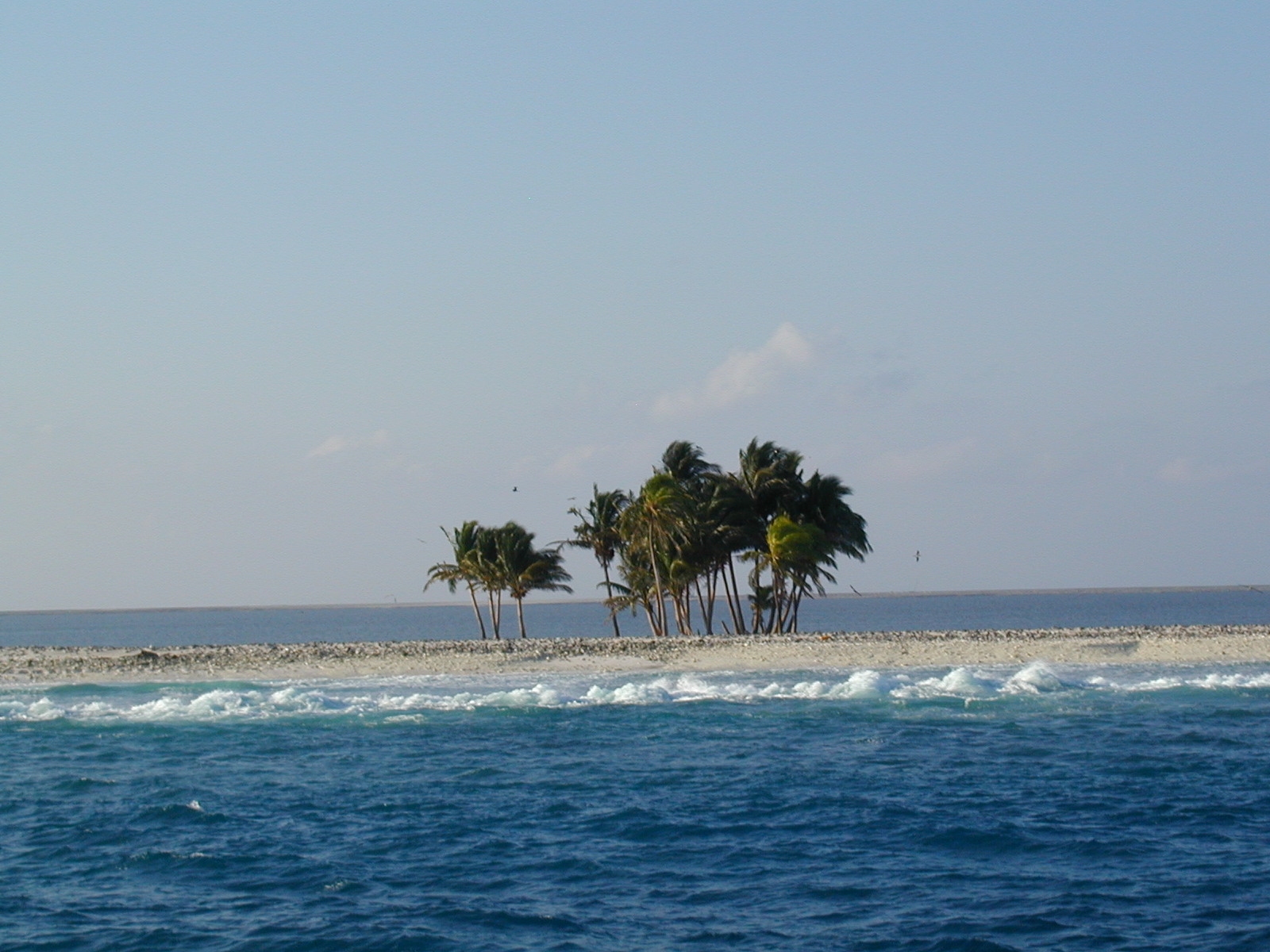The boat had been speeding straight out into the glittering open ocean for about 20 minutes when I heard the engine cut out and we began to slow down. As we floated to a stop, and the anchor was thrown overboard, our guide started to call out instructions while the boat slowly swayed side to side, pushed by the gentle waves created by the sandbar we were floating over.
I was spending some time on Grand Cayman Island, and was surprised to learn that I could take a tour that would let me swim with stingrays. I always thought they were too dangerous to be close to — considering that they could sting you.
But, as our guide informed us, stingrays (believe it or not) do not actually sting.
Yes, they can still hurt you if you are not careful, but it is not from any sort of "sting", but from a razor sharp barb that is located in their tail. If they feel threatened, or if you step on one (we were instructed to shuffle our feet along the sandbar and NEVER lift them to prevent just that) they will swing their tail and stab you with the barb. Not all of them produce a venom, but those that do create a poison that can be fatal to humans if not treated.
Don't worry though, they are actually quite friendly and will go out of their way to interact with snorkelers, divers, and those of us bringing them fish to eat on their sandbar.











